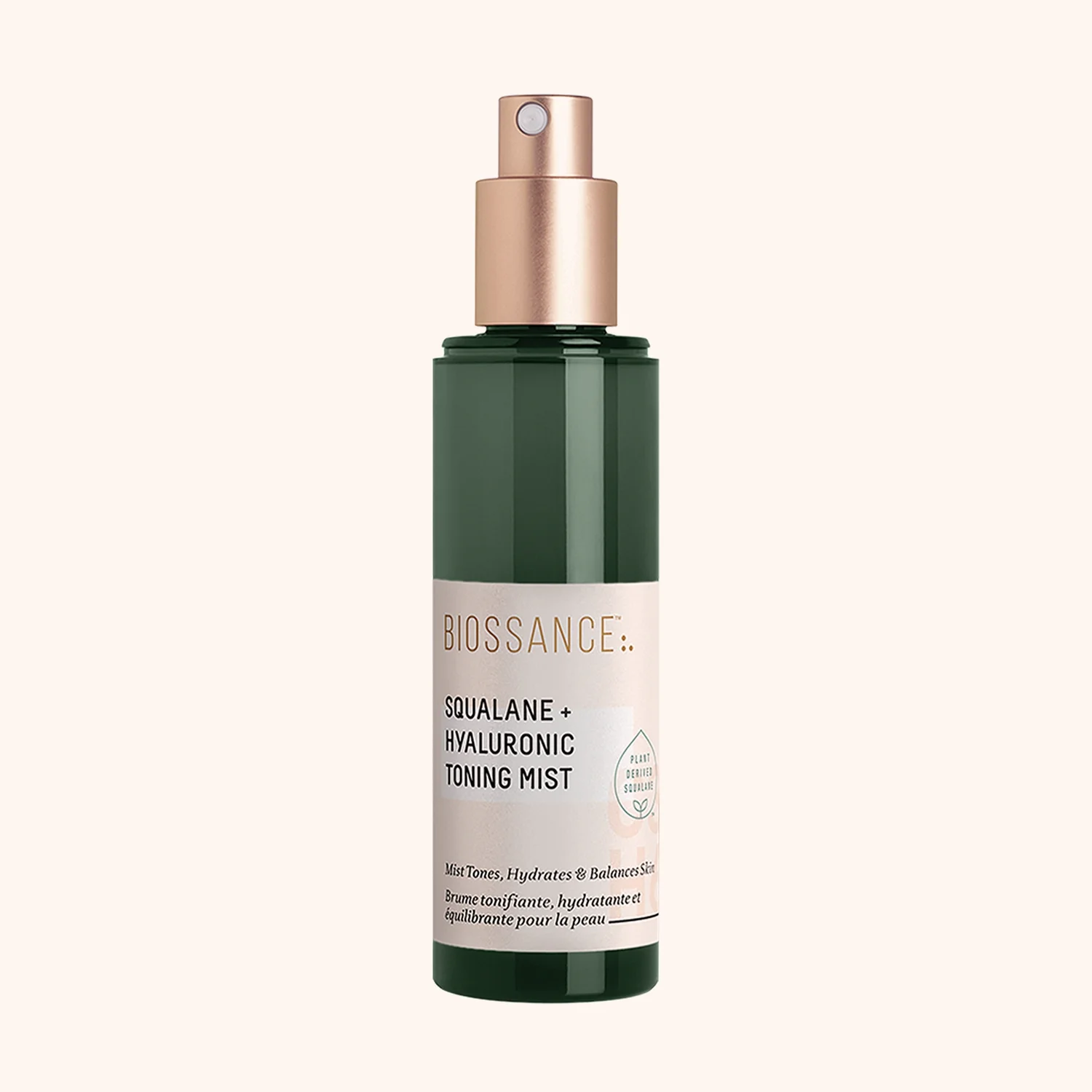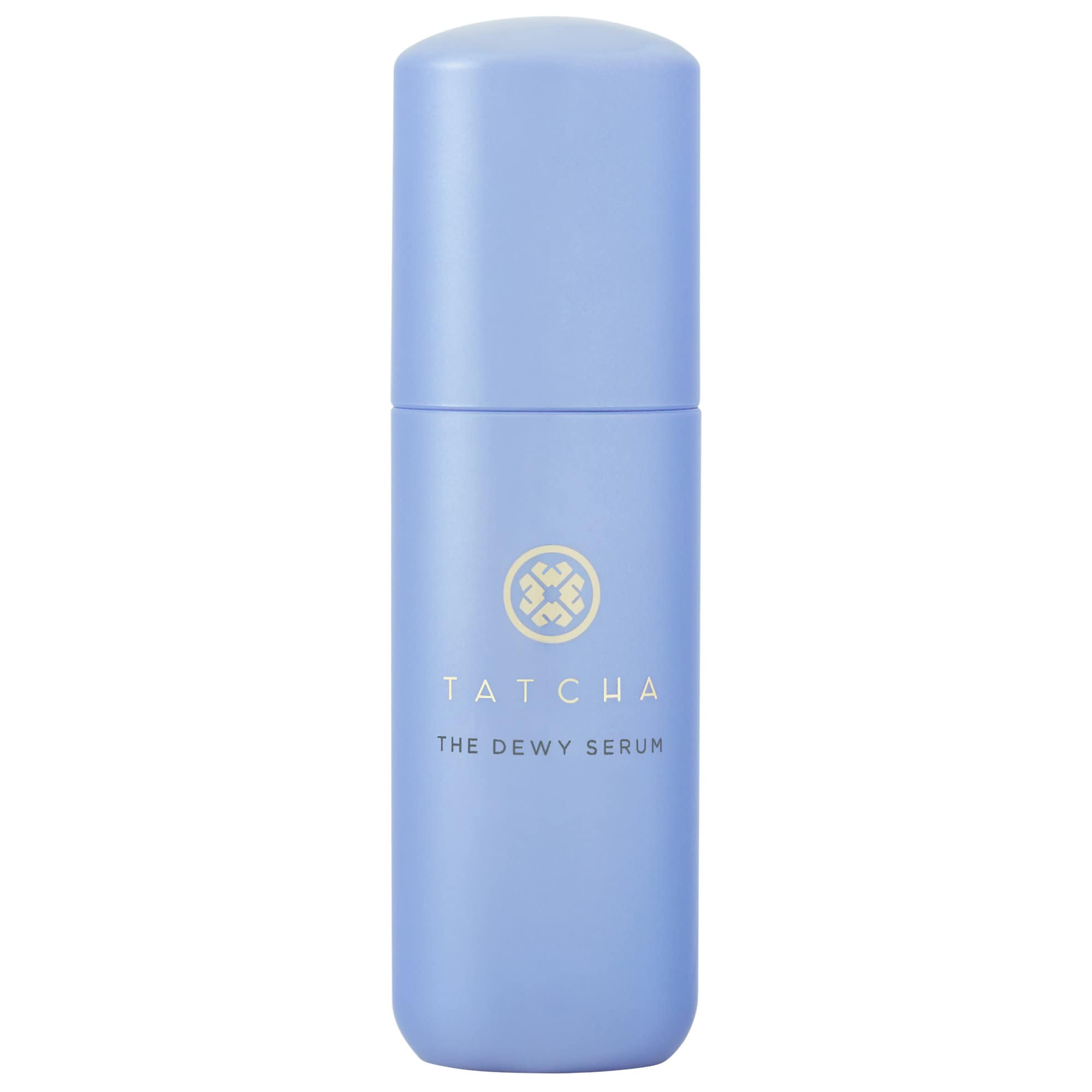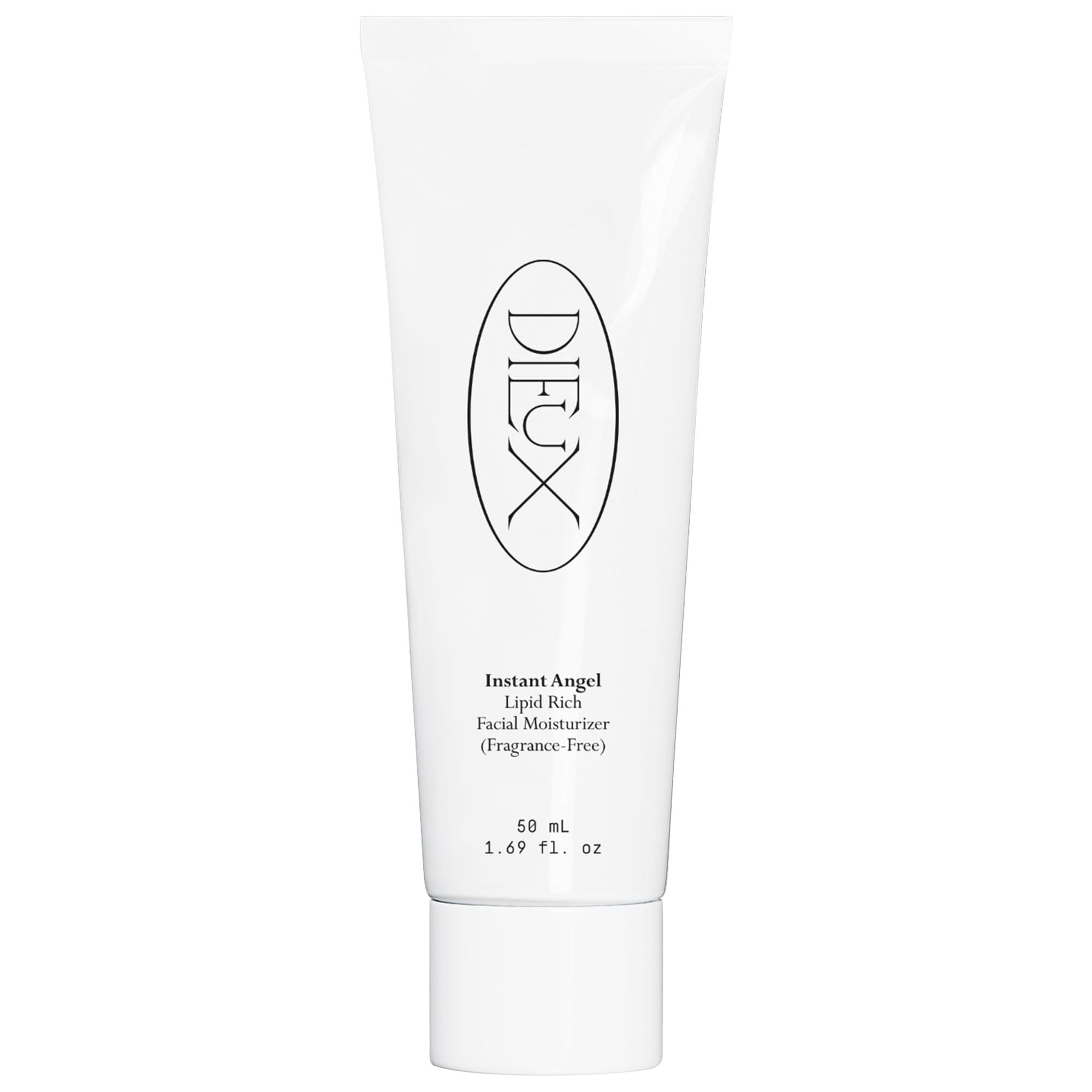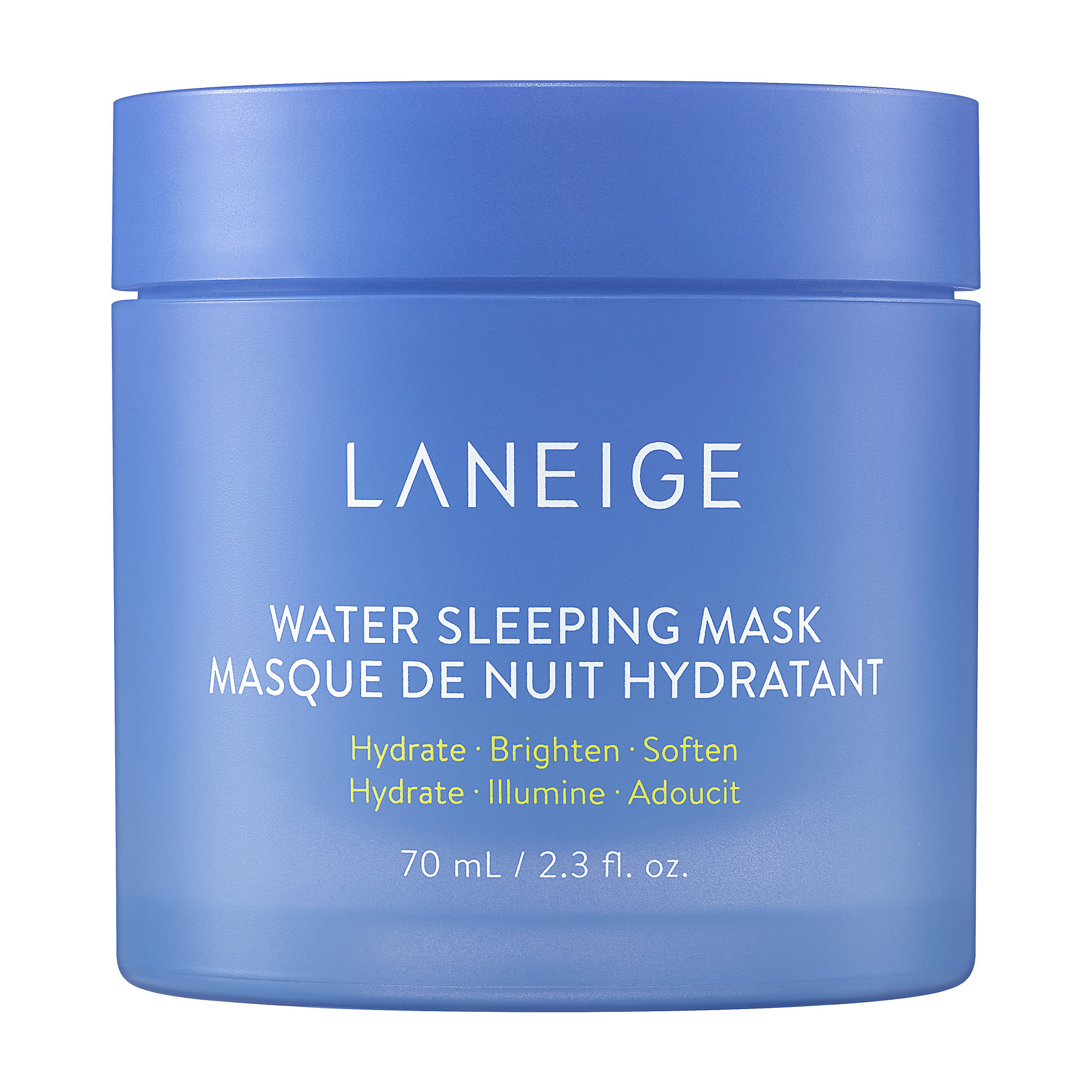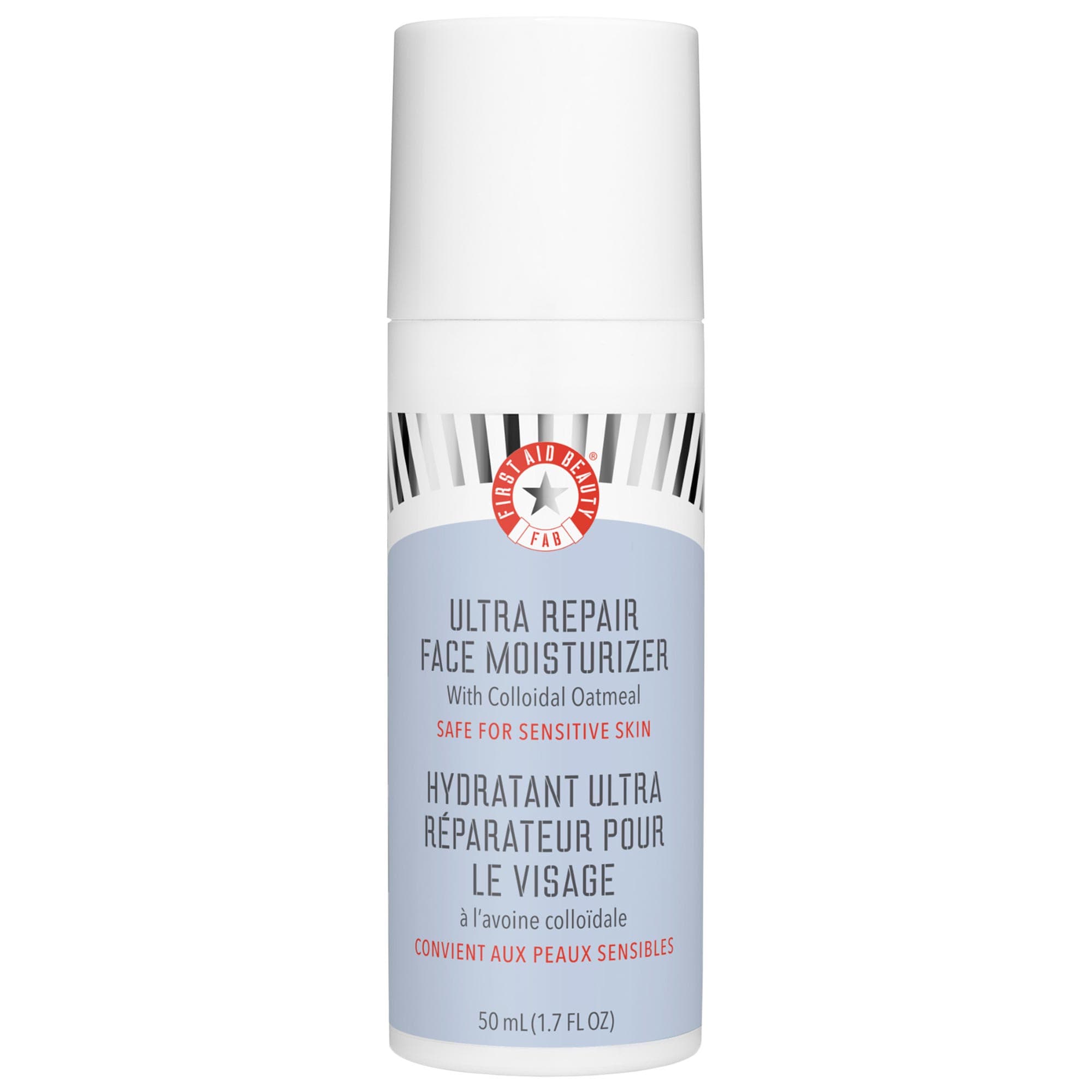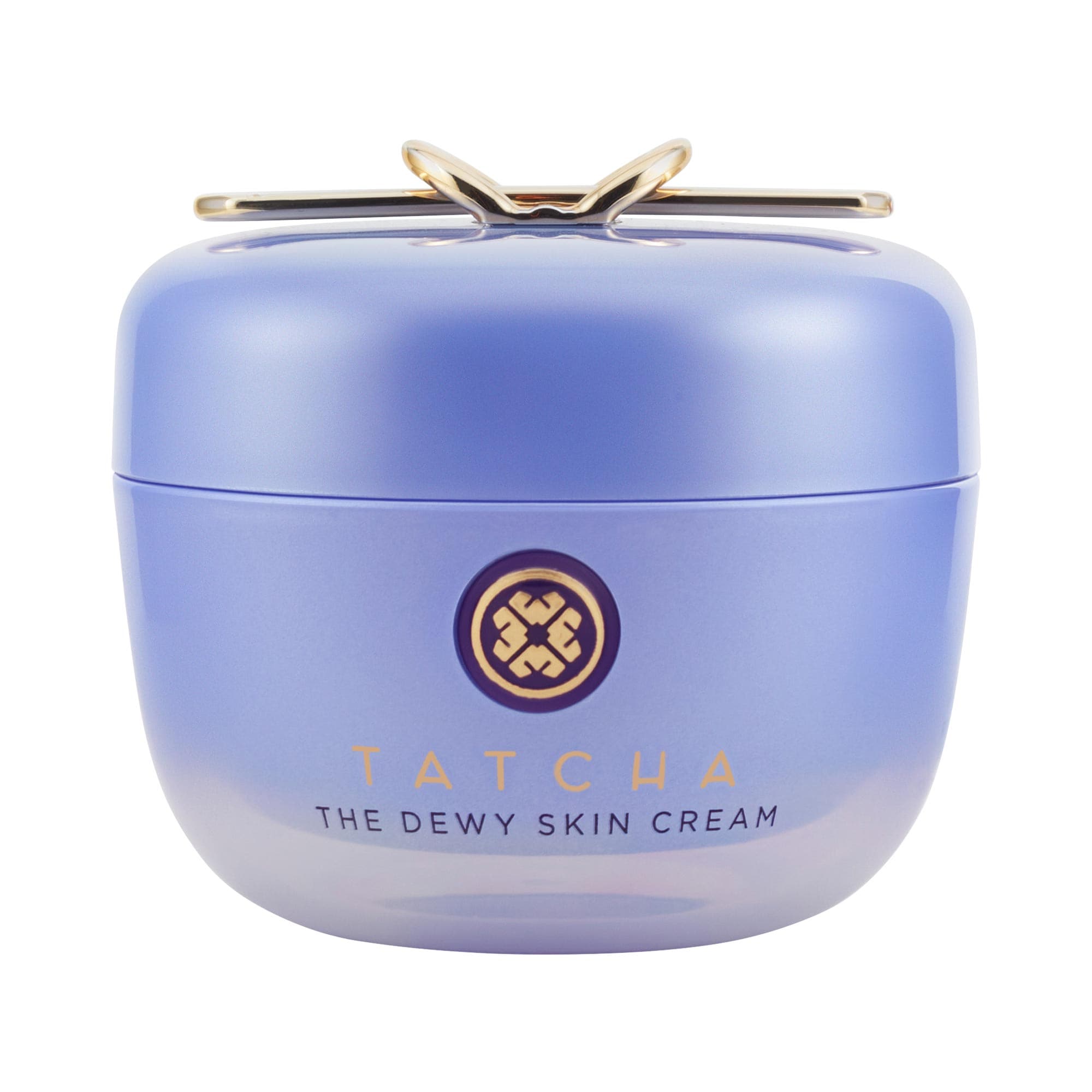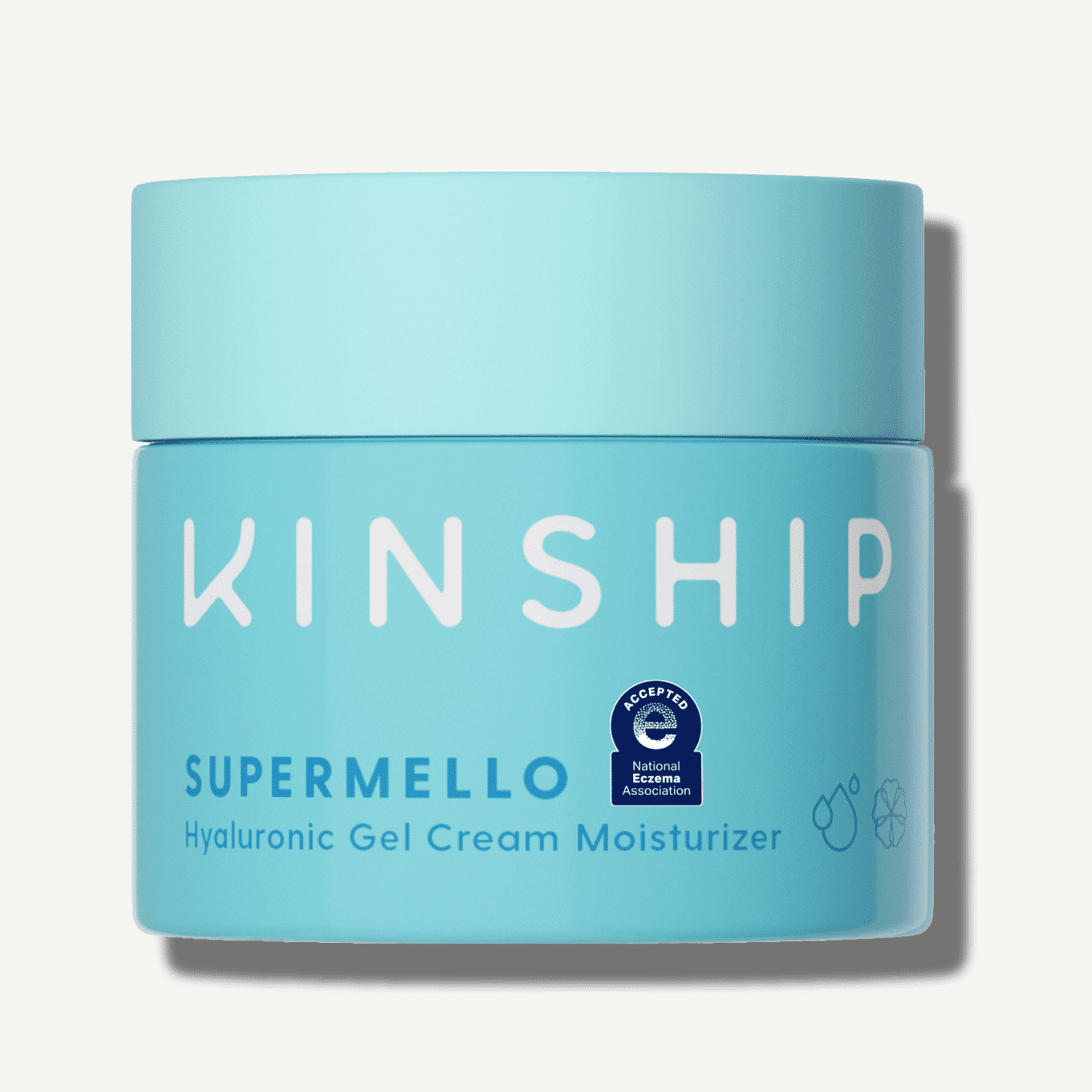Derms Agree: It's Time to Mix These Two Super-Hydrating Ingredients Into Your Skincare Routine


Dry, dehydrated skin happens year-round, but I struggle with it the most in winter (no surprise). The combination of frigid temperatures and moisture-less air makes my skin feel like a desert. I stock up on hydrating serums, moisturizers, and face oils, but not all skincare products are equal. Some work like a charm and others leave me wanting more (and by "more," I mean moisture).
While there are so many good hydrating ingredients to use, dermatologists and estheticians agree that hyaluronic acid and squalane are two of the best. The former is a molecule that attracts and holds water, locking it into the skin and preventing transepidermal water loss (TEWL). The latter is a form of squalene, which is a key component of the skin's natural, moisturizing sebum. When used together, they're basically a dry-skin-defeating dream team. Take it from Brendan Camp, MD, a board-certified dermatologist at MDCS Dermatology in New York. "Squalane and hyaluronic acid can be used in combination to improve skin hydration. They work differently, so using them together can offer a synergistic approach to keeping skin hydrated."
Keep scrolling to learn how each ingredient works to hydrate the skin and why you should mix both into your skincare routine. Plus, shop the best hyaluronic acid and squalane skincare products.

Our Top Hyaluronic Acid + Squalane Skincare Picks
- Best Overall: Biossance Squalane + Hyaluronic Acid Copper Peptide Rapid Plumping Hydrating Serum
- Best Toner/Face Mist: Biossance Squalane + Hyaluronic Toning Mist
- Best Serum: Tatcha The Dewy Serum Resurfacing and Plumping Treatment
- Best Moisturizer: Dieux Instant Angel Lipid-Rich Barrier Repair Cream
- Best Mask: Laneige Water Sleeping Mask
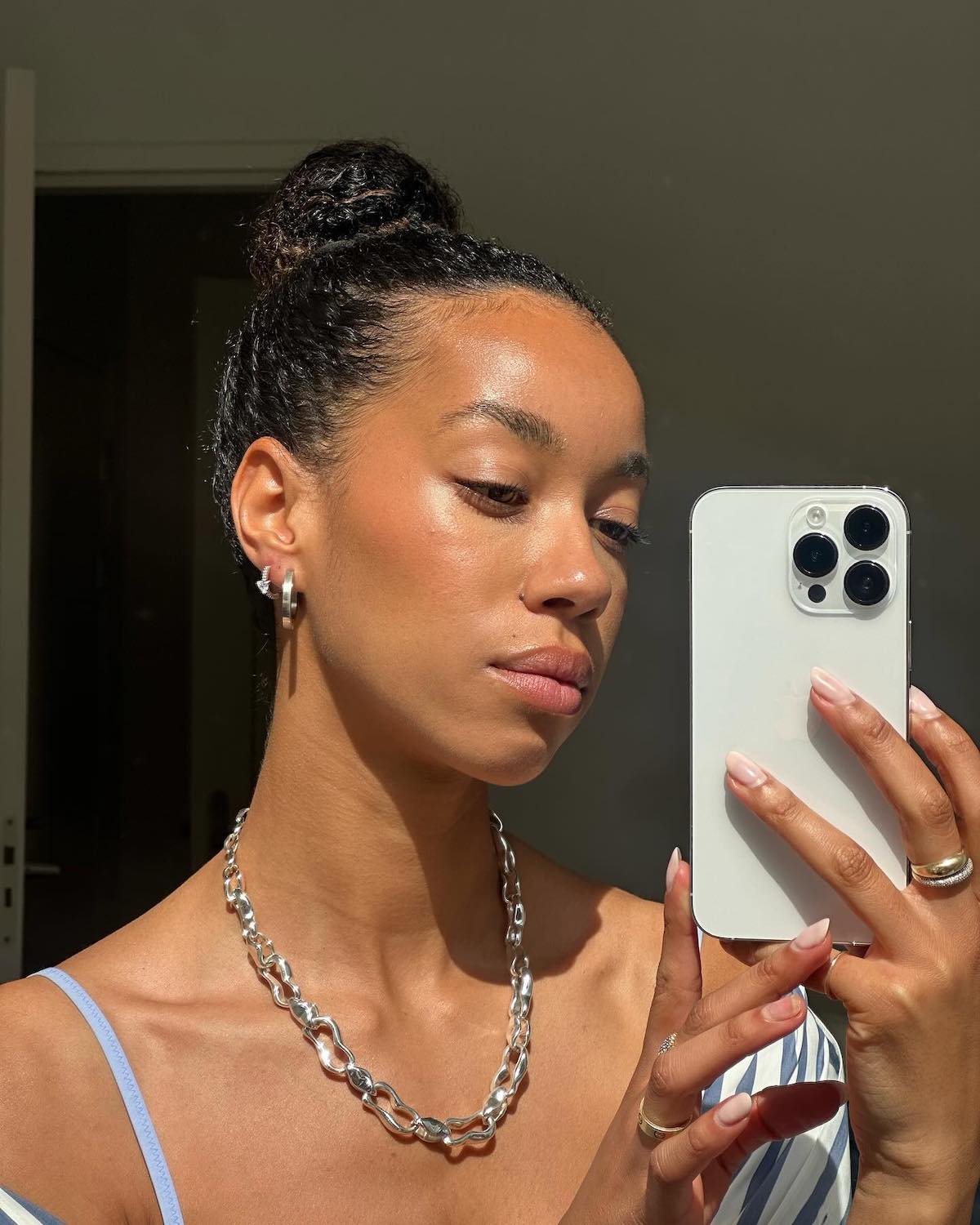
What Is Hyaluronic Acid?
Type of ingredient: Humectant | Ideal concentration: 1-2% | Skin type: All
Kristin Gunn is a celebrity esthetician and owner of Halcyon Skincare and Beaux Medspa. She says squalane and hyaluronic acid "have completely different properties despite providing similar results on the skin." Hyaluronic acid (HA) is a humectant, meaning it increases the skin's water content. "HA is a sugar molecule that is also sometimes listed as sodium hyaluronate or hyaluronan. It’s found naturally in your dermis and epidermis. It works with your skin’s collagen and elastin to form and strengthen your connective tissue and support skin elasticity. HA is hydrophilic and will draw up to 1,000 times its weight in water. This makes it pretty magical as a hydration agent."
According to Dara Spearman, MD, a board-certified dermatologist at Radiant Dermatology Associates. She says it's true that HA can hold up to 1000 times its weight in water, "and in doing so also improves smoothness of skin and plumpness, addressing fine lines and wrinkles." Beyond that, it can aid in wound healing and tissue repair, improve barrier function, and reduce inflammation associated with acne, eczema, and other inflammatory skin conditions.
As for concentration, Spearman says it's generally effective over a wide range of concentrations, although 1 2% is most common in serums and moisturizers for deep hydration. She says you can find 2 5% in premium products and very high concentrations (>5%) in professional-grade formulas, but it may not necessarily provide better results than the standard 1 2%.
Pro Tip: Gunn recommends layering HA serums with other products like moisturizers and oils (or squalane—but more on that in a minute). This is because HA interacts with the air to draw moisture into the skin. If the air is dry, it could dry your skin out rather than hydrate it. By layering it with emollients and occlusives, you can prevent this from happening.

What Is Squalane?
Type of ingredient: Emollient | Ideal concentration: Any | Skin type: All
Gunn says squalane is an emollient, meaning it seals moisture into the skin. "It works very much like your skin’s own oil (sebum) to prevent moisture loss. Most squalane you’ll find today is plant-based, so it’s a great alternative to petrochemicals like ointments. (It used to be derived from shark liver oil. Luckily, most of that has stopped and is now derived from olives!) Squalane is an ingredient skin instantly recognizes and knows how to use as it’s a modified form of squalene, one of the key components in our natural sebum."
Spearman agrees, adding that it offers myriad skin benefits. "Squalene is a natural, colorless, oily compound and is a major component of skin oils. Squalane is the stable hydrogenated version of squalene." It provides grease-free and non pore clogging hydration, improved skin elasticity, and enhanced barrier function. It even functions as an anti-inflammatory and a mild antioxidant.
"Squalane is effective at any concentration," Spearman says. "Even at lower concentrations (3 10%) it still offers excellent hydration and anti-inflammatory properties while supporting the skin barrier. Higher concentrations are used for anti-aging and very intense hydration. Formulation is more important than concentration. The overall effectiveness depends more on how it's formulated with other ingredients."
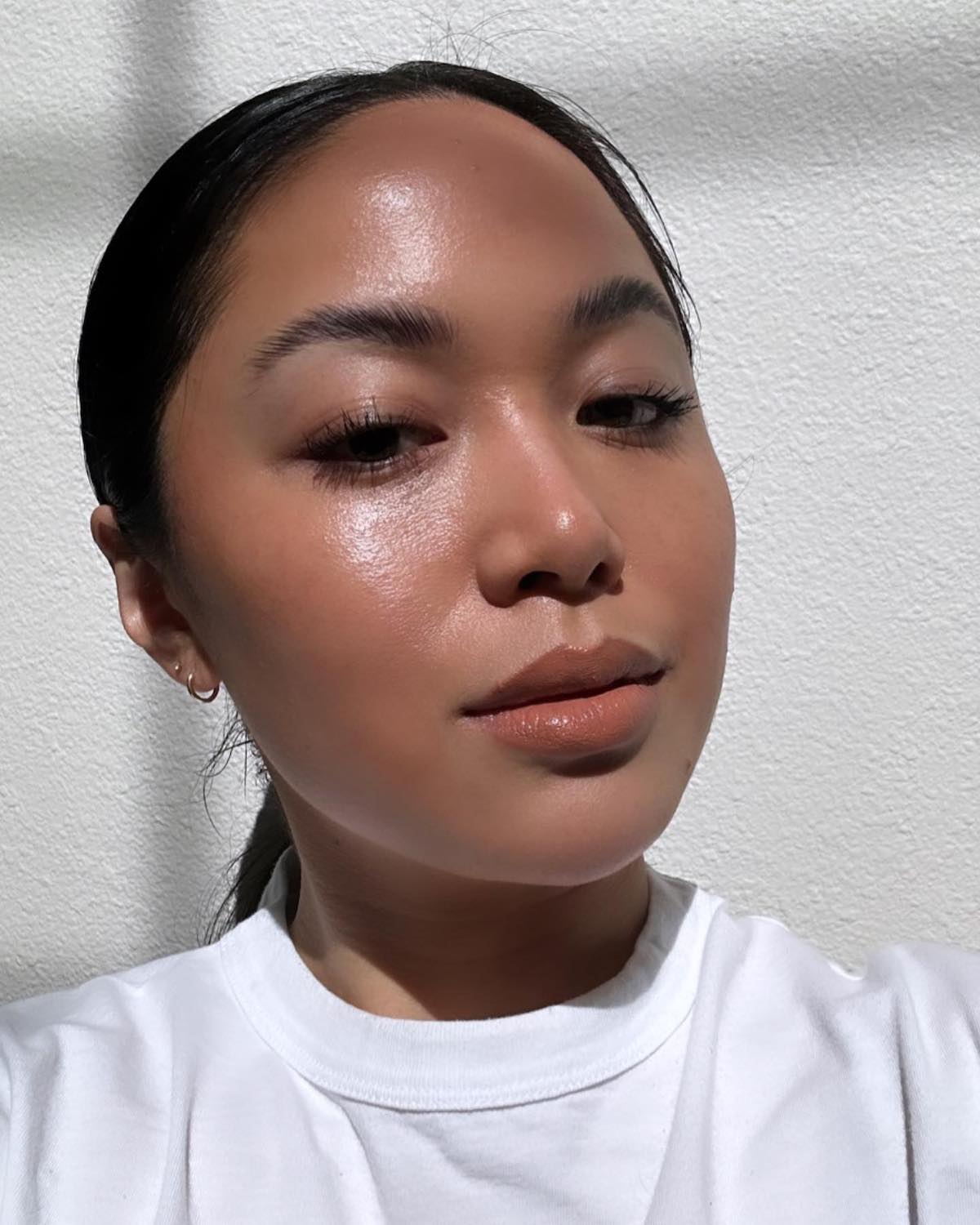
The Benefits of Using Them Together
When asked if she recommends using HA and squalane together, Gunn says, "A million percent, yes!" By layering products or using a formula that contains both, you can seriously hydrate, plump, and smooth your skin. "Hyaluronic acid always goes first, as it draws water into the skin, followed by your squalane oil to create a barrier that will hold the moisture in the skin and have you dewy and hydrated. Both ingredients help replenish our skin's natural moisture processes."
Spearman agrees, saying, "I do recommend using them together as they work synergistically." The only time she recommends using them separately is if you have very oily or acne-prone skin. In that case, you may only need HA for lightweight skin hydration. For dry skin types, though, the combo of HA and squalane is beneficial.
The best part is that both ingredients have low irritation potential. That's according to Camp who says that both HA and squalane are generally well tolerated by most skin types. "Any skin type can benefit from the use of squalane and hyaluronic acid. Those with particularly dry skin, or using skincare products that predispose the skin to dryness like retinol, may benefit the most from this ingredient combination."
The Best Squalane and Hyaluronic Acid Products
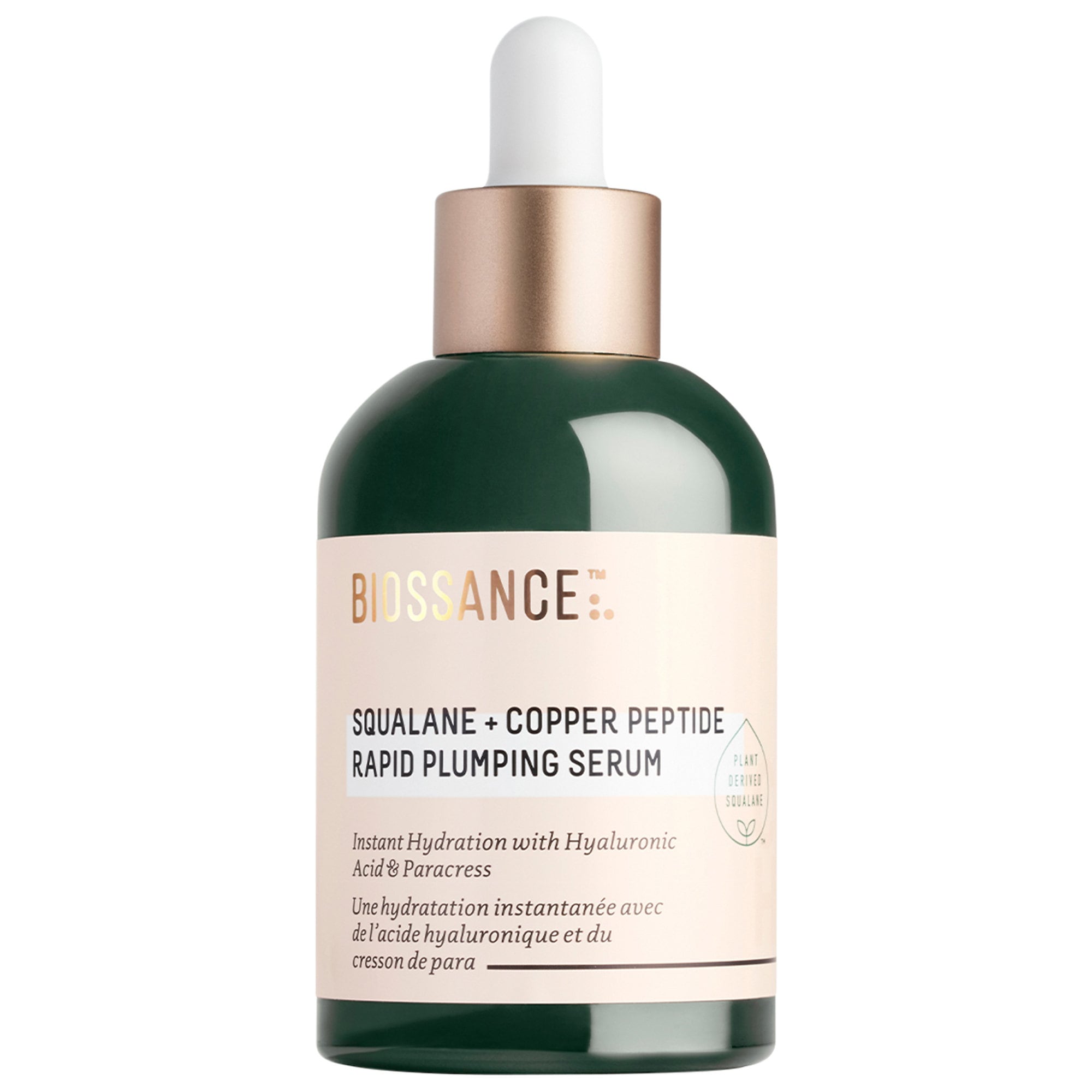
Both Gunn and Camp recommend this product. "Biossance Squalane + Copper Peptide Rapid Plumping Serum has both ingredients and is a fabulous product," Gunn says. "The addition of vegan copper peptides will have your skin dewy and hydrated in no time!"
Camp agrees, saying, "This serum includes ingredients like squalane and hyaluronic acid to moisturize skin and peptides to help encourage collagen production."

Kaitlyn McLintock is a Beauty Editor atBest Knockoff Luxury Clothing . She has 10 years of experience in the editorial industry, having previously written for other industry-leading publications, like Byrdie, InStyle, The Zoe Report, Bustle, and others. She covers all things beauty and wellness-related, but she has a special passion for creating skincare content (whether that's writing about an innovative in-office treatment, researching the benefits of a certain ingredient, or testing Wholesale Replica Bag and greatest at-home skin device). Having lived in Los Angeles, California, and Austin, Texas, she has since relocated back to her home state, Michigan. When she's not writing, researching, or testing beauty products, she's working through an ever-growing book collection or swimming in the Great Lakes.
